wheezo Features
What is wheezo?
Asthma wheeze is often silent1, 2
Wheeze is the most common symptom of asthma in children under six years old and happens when your airways narrow from inflammation or congestion.1, 3 This obstructs the air flowing through them and makes the whistling sound of a wheeze.1, 2 It is most common when you breathe out, but can also be heard when you breathe in.1, 4 It is often only possible to hear asthma wheeze using a stethoscope.1, 2 Wheezing is different from stridor, which can also occur in people with asthma, although it is not as common as wheeze. Stridor is a harsh, high-pitched sound that comes from the upper airways, and can almost always be heard without a stethoscope.1, 2 Wheezing may be an indicator that your asthma symptoms could be better controlled.5 To properly manage and control your asthma, it’s important to get a measure of your loud and silent wheeze. wheezo picks up the wheeze you can hear as well as the silent wheeze your doctor hears with a stethoscope.
wheezo makes measuring wheeze EASY
wheezo is a state of the art digital stethoscope and app designed to assist with asthma management. To detect wheeze, the device is held at the windpipe and records breath sounds from both upper and lower airways which include your lungs. The app then analyses these recordings for the presence of loud and silent wheeze. These are sounds your doctor listens for with a stethoscope. The wheezo device is small enough to fit handily in your pocket so you can bring it out at any time to measure your or your child’s wheeze.


wheezo is CHILD’S PLAY to use
The wheezo device and app can be used to measure wheeze in children. You simply hold the device against your child’s windpipe and press record, wheezo then records your child’s breathing sounds and securely uploads it to the wheezo app on your phone. The app then uses an algorithm to analyze the sound for the presence of wheeze.
wheezo tracks self-reported peak flow measurements, symptoms, triggers, and medication usage over time
wheezo helps build a clearer picture of you or your child’s asthma and how it affects you in everyday life. It does this by allowing you to store peak flow measurements, your self-reported asthma symptoms, and potential triggers. These are tracked over time along with location-specific weather information captured at the time of recording.
Together with keeping tabs on medication use, you can share all this information with your doctor to get a clearer picture of your asthma and how best to manage it.
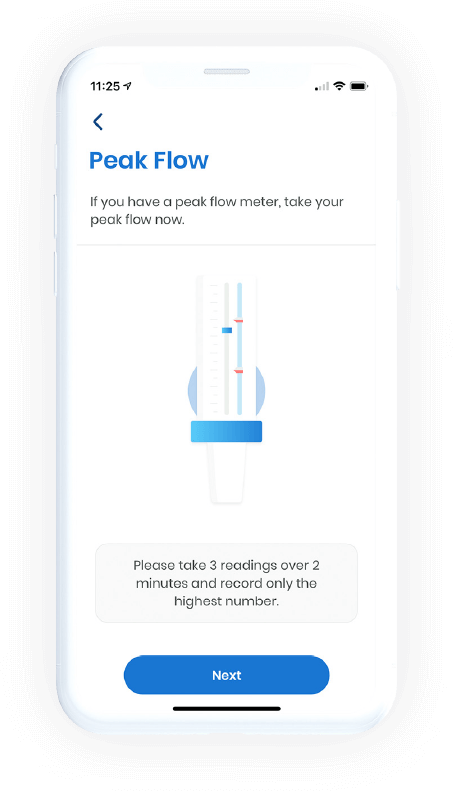
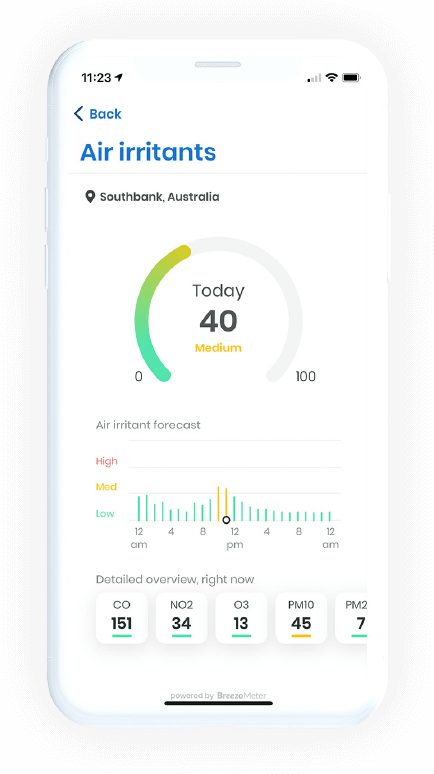
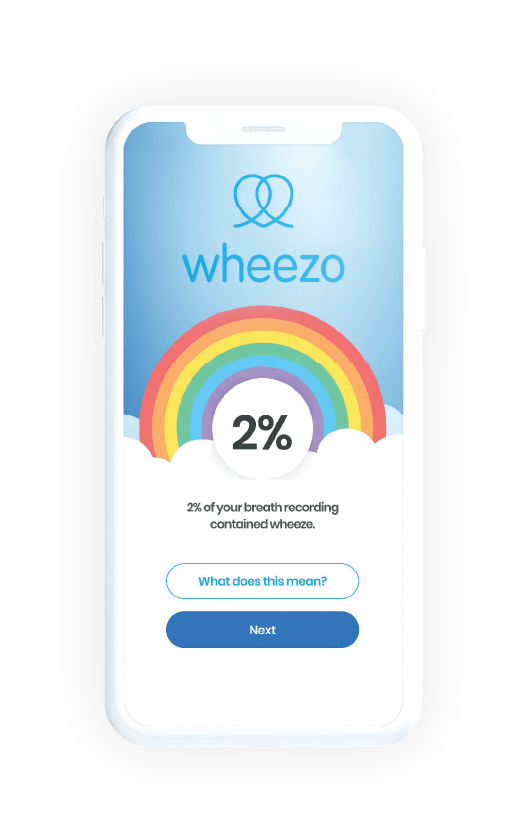
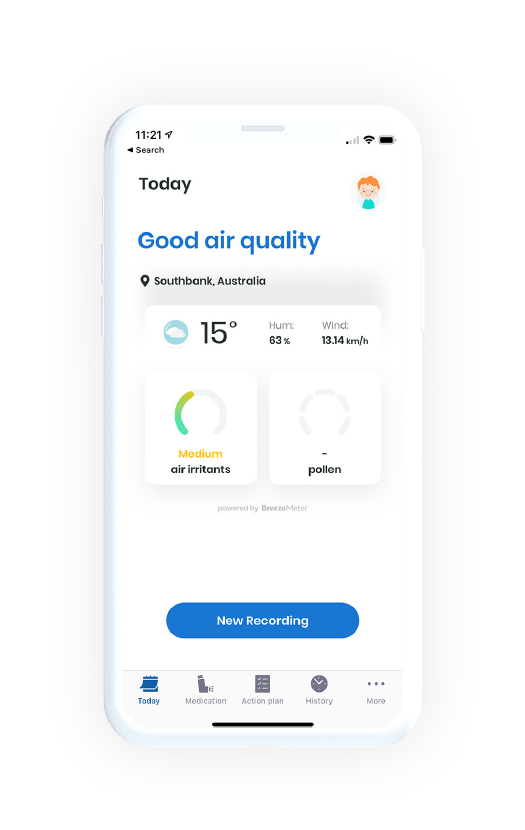
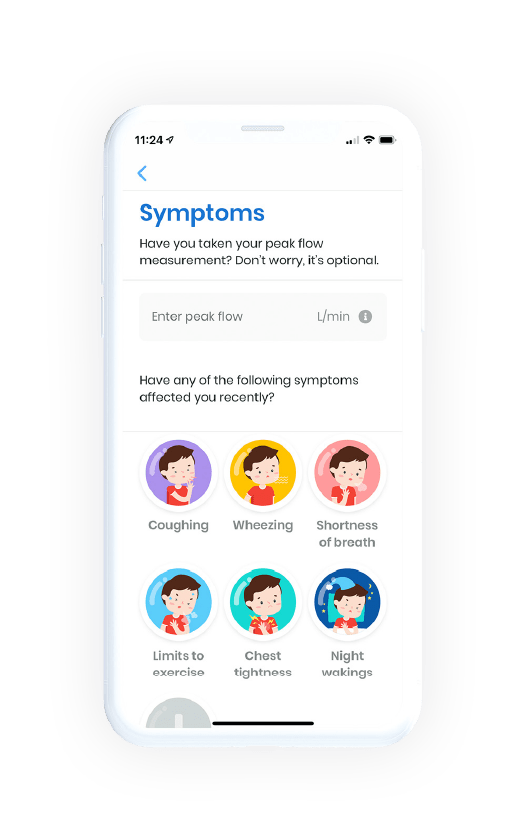
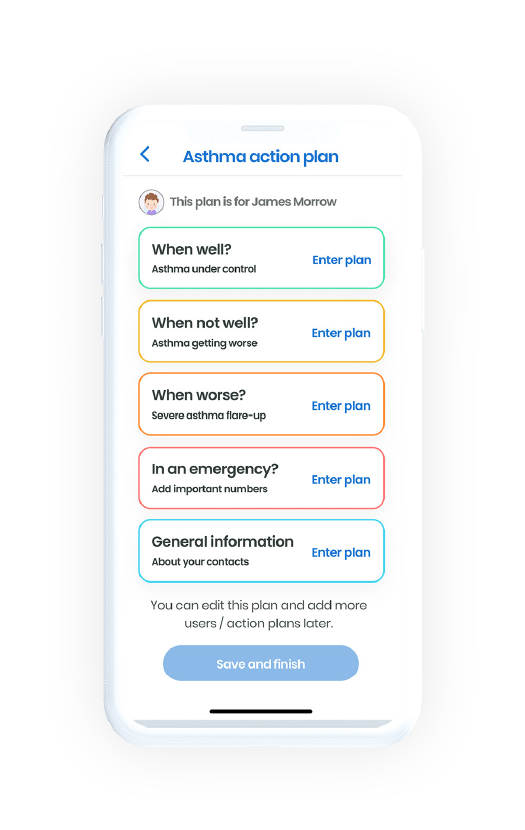
DOWNLOAD THE WHEEZO QUICK START GUIDE AND OWNER’S MANUAL FOR FURTHER INFORMATION ON USE
LIMITATIONS OF USE AND CONTRAINDICATIONS
wheezo is not intended for diagnostic use. wheezo is intended to detect and record abnormal breath sounds (continuous adventitious breath sounds/CABS) at the windpipe (trachea), reported as WheezeRate in adults and children (2 years and older).
A licensed health care professional’s advice is required to understand the meaning and importance of the wheezo readings.
References:
- National Asthma Council. Australian Asthma Handbook V2.0. Available at: www.asthmahandbook.org.au. Accessed June 2021.
- Andrès E, et al. J Med Life. 2018;11(2):89-106.
- Trivedi M, Denton E. Front Pediatr. 2019;7:256.
- Weiss LN. Am Fam Physician. 2008;77(8):1109-14.
- Global Initiative for Asthma. Global Strategy for Asthma Management and Prevention. 2019. Available at: www.ginasthma.org. Accessed June 2021.

